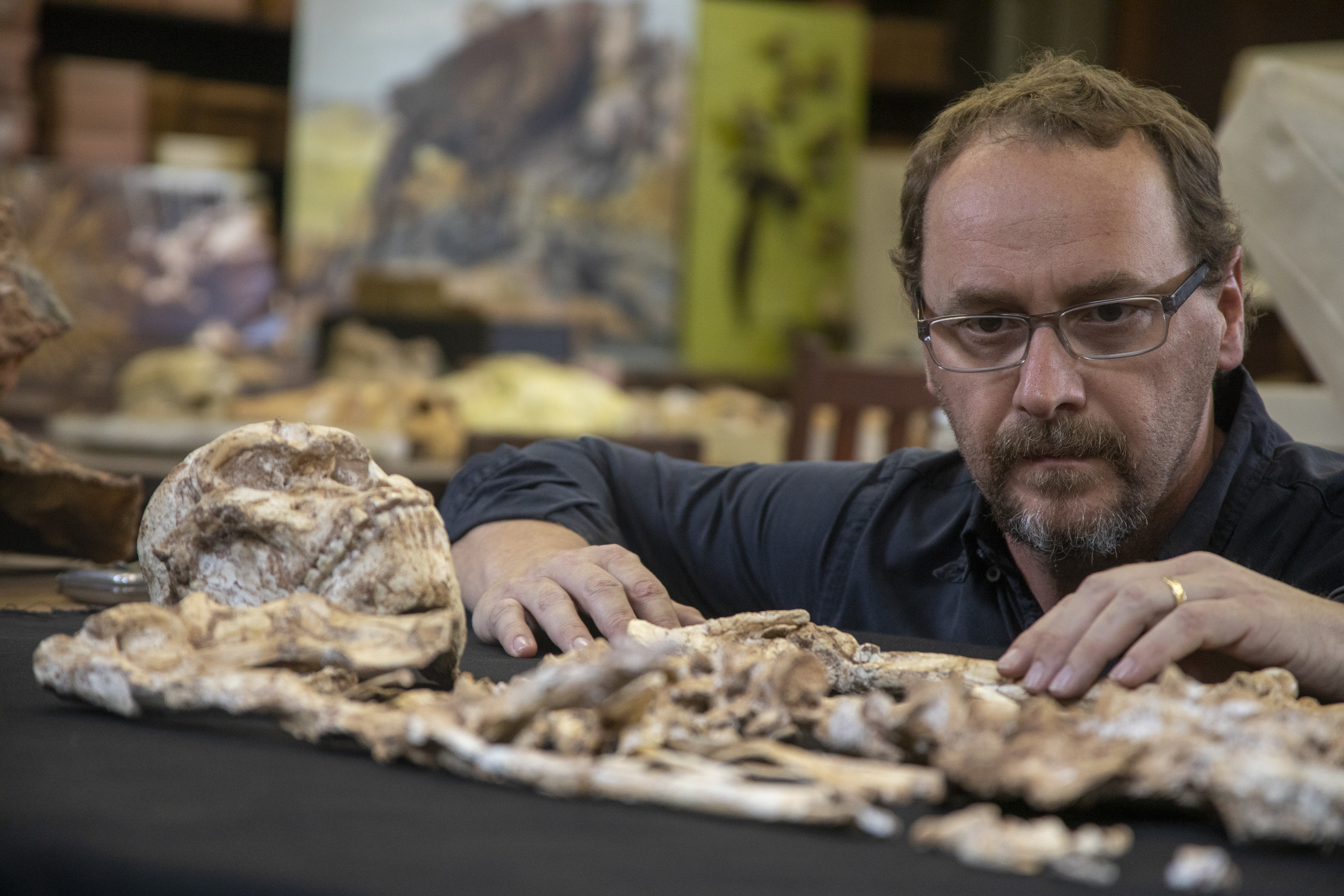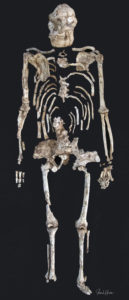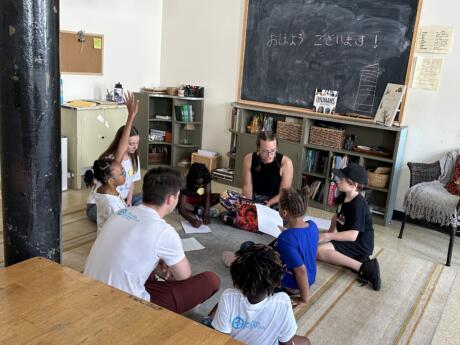Uncovering Little Foot

Dr. Jason Heaton, associate professor of biology at Birmingham-Southern College, served as the lead scientist in a study of an early human skeleton, Little Foot, which sheds light on the evolution of humans.
Heaton and an international team have published their research on the nearly complete Australopithecus skeleton from Sterkfontein, South Africa. With a focus on movement, the research includes descriptions of the arm and leg bones that reflect patterns of locomotion.
Nicknamed “Little Foot,” the Australopithecus human group moved upright on two legs like we do. This trait separates human lineage from modern apes and four-leg movement, and Heaton’s research now provides more insight into this evolution.
 “Because of its completeness, Little Foot will allow us to test hypotheses about the behavior of these early groups in ways that have been difficult to do to date,” Heaton says.
“Because of its completeness, Little Foot will allow us to test hypotheses about the behavior of these early groups in ways that have been difficult to do to date,” Heaton says.
The scientists considered the role of trees in the day-to-day movement of Little Foot and their relatives. Primates that spend more time moving and climbing through trees reflect that mode of locomotion through longer upper limbs.
Considering this question of movement, the scientists examined the skeleton’s upper and lower limbs, including the arm, forearm, thigh, and leg, and the bones’ proportions in relation to each other.
“Broadly, these proportions are indicative of an individual that spent less time in the trees than modern chimpanzees and regularly moved around bipedally, or on two feet,” Heaton explains. “The degree to which the limb anatomy of Little Foot deviates from that of chimpanzees, our closest living relatives, may be a reflection of the latter’s evolution.”
Their conclusions are based on evidence of a shortened forearm and lengthened tibia and femur bones, as well as the knee’s placement more directly under the pelvis for improved bipedal balance. However, other evidence, like certain muscle attachments in the arm, suggests some reliance on behavioral climbing.
Research will extend to other parts of the skeleton to address these conclusions and clarify if certain traits developed from behavior or were only retained from Little Foot’s ancestors.
The study, titled “The long limb bones of the StW 573 Australopithecus skeleton from Sterkfontein Member 2: Descriptions and proportions,” was published online in the Journal of Human Evolution on July 4. The research is featured in the special issue devoted to Little Foot. The full paper can be read here.











// Comments are closed //